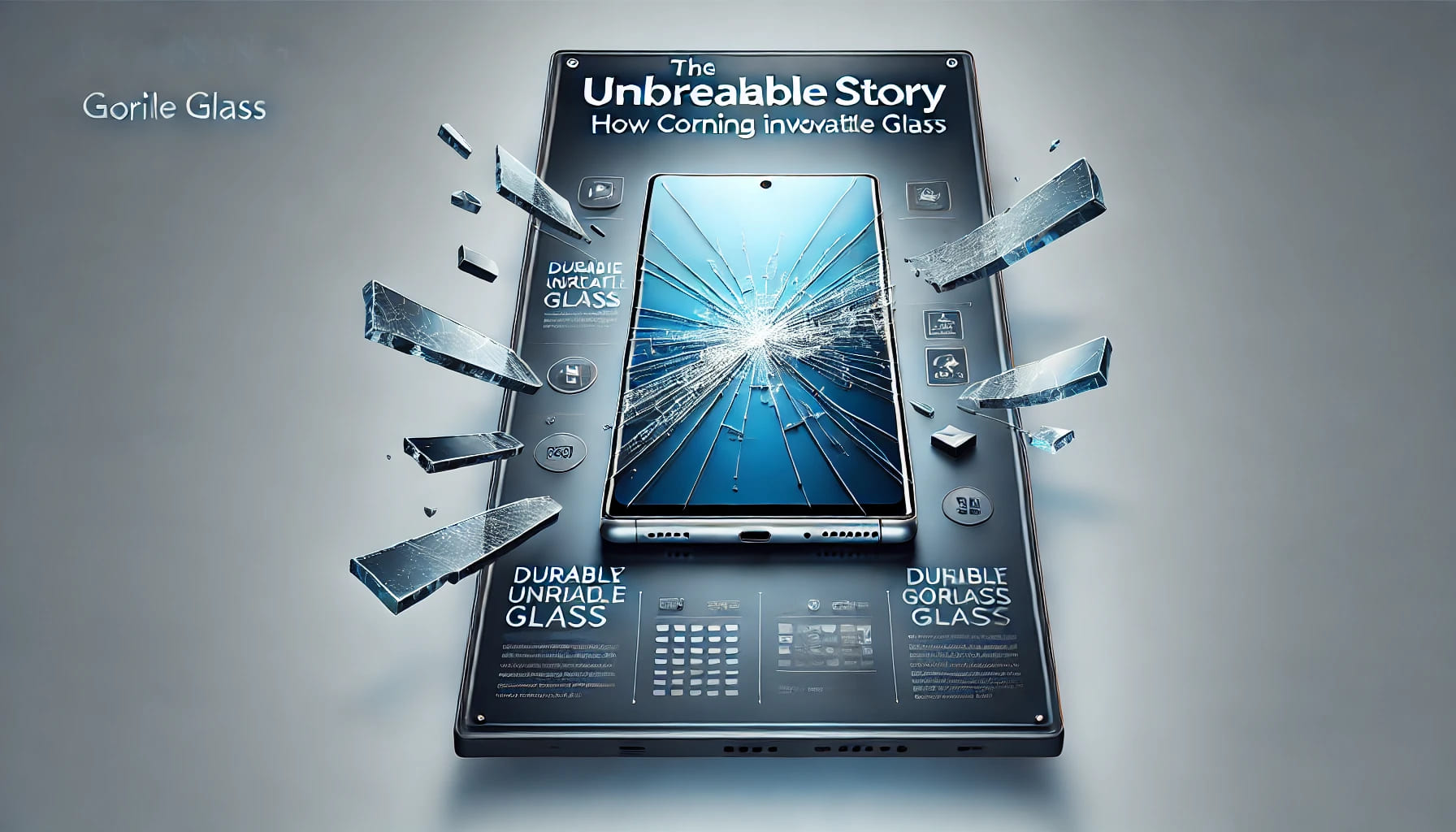Unlocking the Power of Circular Design: Embrace a World of Sustainable Possibilities

Founder's Desk
In a recent article titled “I love electric vehicles – and was an early adopter. But increasingly I feel duped,” Rowan Atkinson raises concerns about the environmental impact and sustainability of electric vehicles (EVs). As the world transitions to cleaner transportation options, it’s crucial to address these concerns and explore innovative solutions. In this extended essay, we will delve into the concept of circular design and its potential application to create a more sustainable and regenerative EV ecosystem. Let’s explore the possibilities and challenge ourselves to envision a future where EVs truly contribute to sustainability.
What is Circular Design?
Circular Design is a transformative approach that challenges traditional linear models of production and consumption. It aims to create a regenerative and sustainable future by closing the loop, eliminating waste, and maximizing the value of resources. Circular Design encourages us to rethink how we design, produce, use, and dispose of products, promoting durability, repairability, recyclability, and responsible end-of-life treatment. By embracing Circular Design, we can minimize waste, reduce resource consumption, drive innovation, and empower individuals to shape a more sustainable world.
Let’s apply Circular Design Strategies to the problem. You can download the 6 strategies here:
Circular Strategies for Sustainable EVs:
- Product as a Service: Can we reimagine the ownership model for EVs, shifting towards a service-based approach that provides access to clean transportation? How can we create innovative leasing and subscription models that reduce cost volatility and forge stronger customer relationships?
- Embedding intelligence: How can we leverage the power of technology to gather user data and insights for enhancing the EV experience? Can we integrate smart features that optimize charging, route planning, and energy efficiency, thus improving the overall user experience and reducing environmental impact?
- Product Life Extension: What measures can be implemented to extend the lifecycle of EVs, ensuring they remain economically useful and environmentally friendly? How can we encourage remanufacturing, repair, and upgrading of EV components to reduce waste, emissions, and the need for raw materials?
- Smart material choices: How can we make informed decisions about the materials used in EV production? Can we prioritize durable, biodegradable, recycled, or recyclable materials to minimize environmental impact and ensure responsible end-of-life treatment?
- Closed loop/Take back: What strategies can be employed to create a closed-loop system for EVs, where old or used vehicles are collected and their materials are recovered for recycling or reuse? How can we incentivize the return of EVs to manufacturers for responsible disposal or repurposing?
- Modularity: Can we design EVs with modular components, making repairs and replacements easier and extending the lifespan of the vehicles? How can we empower users to participate in the maintenance and customization of their EVs, fostering a sense of ownership and reducing electronic waste?(PS: The above strategies are used as an example to drive the Circular Design Strategies and may not be the best solution to the problem)
By adopting circular strategies, we can drive significant progress toward a more sustainable and regenerative future. Whether it’s in the realm of electric vehicles, consumer goods, or any other industry, the principles of circular design offer a roadmap to address environmental challenges and create value for businesses and society. Let’s challenge ourselves to think critically, explore possibilities, and take action to shape a world that thrives on sustainability.
Now, it’s your turn:
- How would you apply circular strategies to the problem you are solving in your field or industry?
- What innovative approaches can you envision to transform the ownership model or service delivery in your sector?
- How can technology and data play a role in improving sustainability and user experiences within your domain?
- Are there opportunities to extend the lifecycle of products or services you offer? How could this be achieved?
- What material choices can you make to minimize environmental impact and promote circularity in your industry?
- Can you explore take-back programs, recycling initiatives, or closed-loop systems to optimize resource utilization and reduce waste?
Join the conversation by sharing your insights, ideas, and experiences in the comments below. Together, let’s drive positive change and pave the way for a sustainable future
Most Popular
 Business Innovation
- 8 MIN READ
Business Innovation
- 8 MIN READ
From Household Hassles to Billion-Dollar Business: The Intuit Story
Once upon a time in the not-so-distant past, there was a man named Scott Cook and his wife, Signe. Like many of us, they found themselves constantly bamboozled by their household finances. Every month, they would sit down with a...

Founder's Desk
 Breakthrough Innovation
- 6 MIN READ
Breakthrough Innovation
- 6 MIN READ
The Unbreakable Story: How Corning Innovated Gorilla Glass
The story of Corning's Gorilla Glass is a fascinating example of how scientific innovation can take an unexpected path to success. It all began in the 1960s when Corning scientist Dr. Don Stookey was working on a project involving photosensitive...

Founder's Desk
 Breakthrough Innovation
Business Innovation
- 4 MIN READ
Breakthrough Innovation
Business Innovation
- 4 MIN READ
The Birth of Lego: A Story of Creativity and Resilience
The story of Lego's creation is one of turning adversity into opportunity through creativity and perseverance. Ole Kirk Christiansen, a Danish carpenter, found himself in challenging circumstances when a fire destroyed his workshop in the late 19th century. To rebuild...

Founder's Desk




